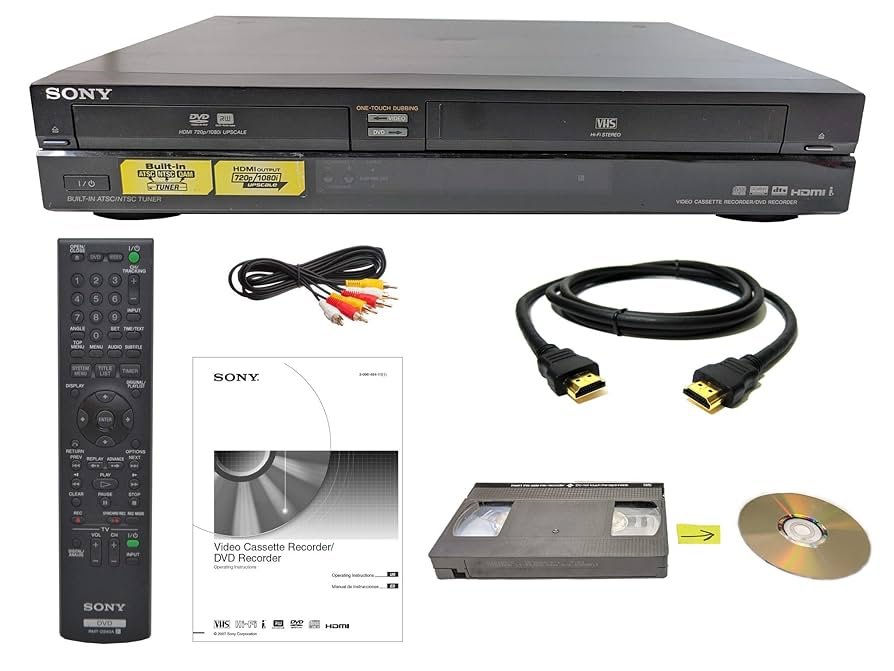The landscape of vintage electronics repair has evolved dramatically with the emergence of specialized online marketplaces and advanced search technologies. Professional repair technicians and electronics enthusiasts now have access to sophisticated tools that dramatically reduce the time required to locate specific components. The ability to find VCR spare parts online efficiently has become essential for maintaining profitable repair operations and completing restoration projects within reasonable timeframes. Modern search algorithms, coupled with comprehensive databases and visual recognition systems, have transformed what was once a time-consuming detective process into a streamlined procurement workflow that delivers results in minutes rather than hours.
Optimizing Search Parameters and Filters
Effective online searching begins with understanding how databases organize VCR components. Most professional suppliers categorize parts using hierarchical classification systems that mirror manufacturer service manual structures. The primary categories typically include transport mechanisms, electronic assemblies, optical components, and consumable items like belts and lubricants.
Search filters prove most effective when applied progressively rather than simultaneously. Start with broad manufacturer and model criteria, then narrow results using specific component types. This approach prevents over-filtering that might exclude compatible parts with slightly different nomenclature or cross-referenced part numbers.
Many platforms now offer semantic search capabilities that understand component function rather than requiring exact terminology matches. Searching for “tape loading mechanism” yields results for components that might be cataloged under “cassette transport assembly” or “loading motor assembly” depending on manufacturer documentation conventions.
Leveraging Visual Identification Tools
High-resolution photography has revolutionized parts identification for vintage electronics. Modern platforms incorporate reverse image search functionality that analyzes uploaded photographs of damaged or worn components against extensive visual databases. This technology proves particularly valuable when dealing with components where part numbers have become illegible due to age or environmental damage.
Professional suppliers maintain photographic databases showing components from multiple angles, including close-up details of mounting hardware and connector configurations. These images often reveal subtle variations between seemingly identical parts that could cause compatibility issues if overlooked during the selection process.
Advanced platforms also provide dimensional overlay tools that allow users to verify component sizing using reference objects for scale. This feature prevents ordering mistakes when dealing with similar-appearing parts that differ in critical dimensions like shaft diameters or mounting hole spacing.
Understanding Cross-Reference Networks
Manufacturer consolidation and parts obsolescence have created complex webs of cross-referenced components. A single part might have multiple manufacturer part numbers, aftermarket equivalents, and superseded versions that provide identical functionality with improved specifications or materials.
Professional parts databases maintain these cross-reference relationships automatically, surfacing alternative options when primary parts aren’t available. Understanding these relationships allows buyers to expand their search beyond original manufacturer numbers to include compatible alternatives from secondary suppliers.
Some platforms provide compatibility matrices that show which components interchange across different model families. This information proves invaluable when dealing with manufacturers like JVC, which used common components across multiple product lines with different external model designations.
Timing and Inventory Strategy
Successful parts procurement requires understanding supply patterns and market dynamics. Certain components follow predictable availability cycles based on seasonal demand, manufacturer production schedules, and supplier inventory turnover rates.
Capacitor availability, for instance, often fluctuates based on industrial production cycles, with better selection and pricing typically available during specific quarters. Belt and rubber component supplies can be affected by raw material costs and environmental regulations that impact manufacturing schedules.
Establishing relationships with multiple suppliers provides redundancy when critical components become temporarily unavailable. Professional repair facilities often maintain preferred vendor lists with different suppliers specializing in various component categories or manufacturer brands.
Maximizing Platform-Specific Features
Each major parts supplier has developed unique tools and features designed to streamline the search process. Learning these platform-specific capabilities can significantly improve search efficiency and result accuracy.
Some suppliers offer saved search functionality that monitors inventory for specific parts and sends notifications when items become available. Others provide batch search capabilities that allow simultaneous lookup of multiple part numbers from service manual parts lists.
The most sophisticated platforms integrate with customer purchase history to provide personalized recommendations and suggest complementary components that are commonly ordered together. This feature helps identify related parts that might need replacement during the same repair session.

